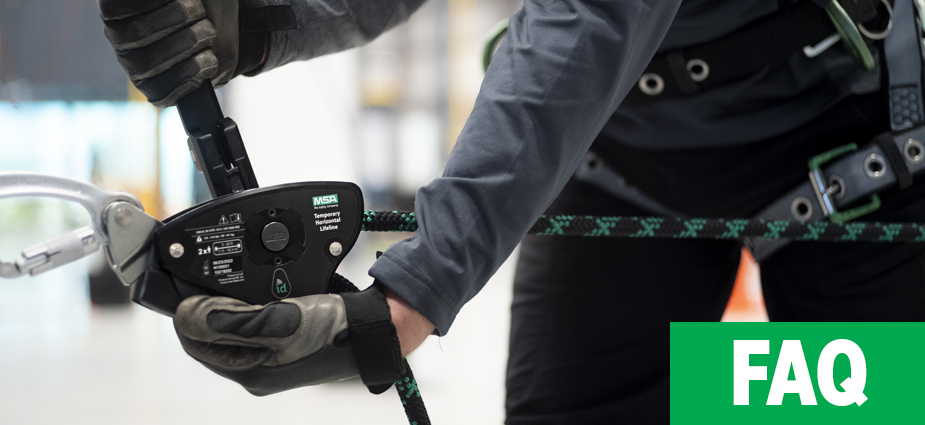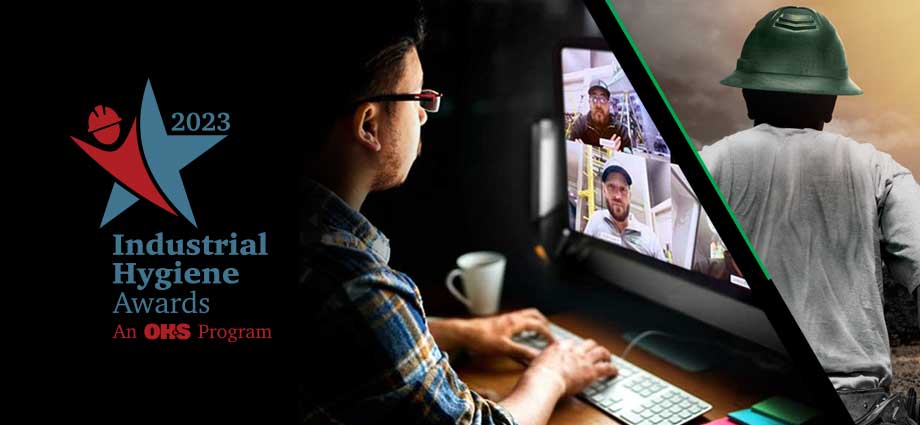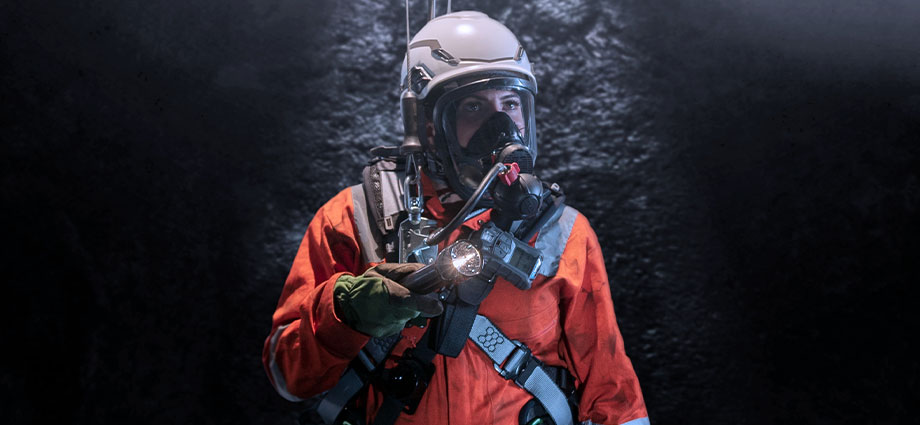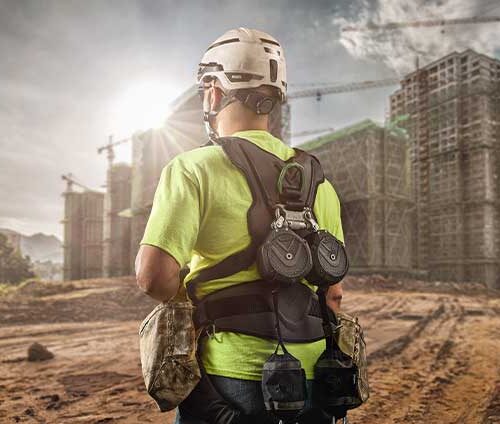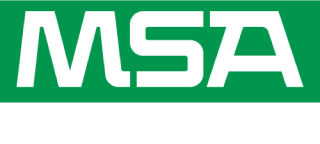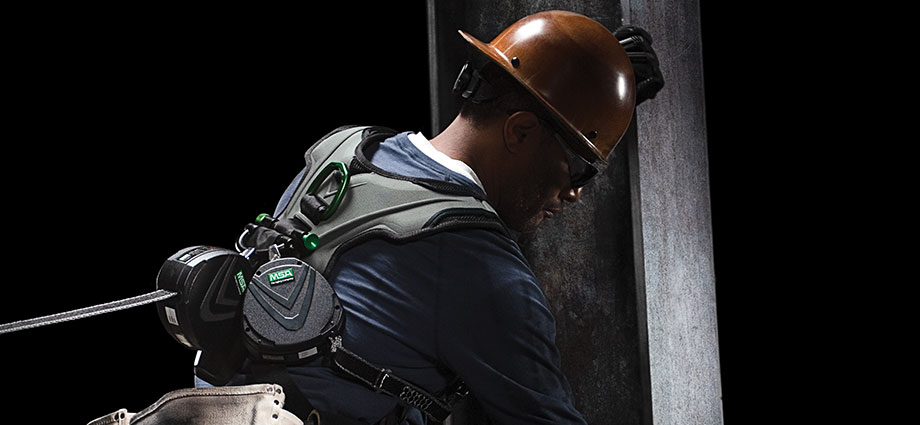
In last week’s post, we discussed the important elements of a fall protection plan and why your team should have an effective plan in the first place.
This week, we would like to call out seven important points of fall protection as described in an ISHN (Industrial Safety & Hygiene News) presented by expert Mark Hansen.
According to a report from the Bureau of Labor Statistics report of 2017, the National Census of Fatal Occupational Injuries, fatal falls were at their highest level in the 26-year history of the CFOI, accounting for 17 percent of all worker deaths.
Falls from one level to another accounted for the majority of those deaths caused by trips, slips, and falls. It’s obvious that something must be done to abate these fatalities.
Fall protection programs shouldn’t be haphazard. Conducting a thorough analysis to determine potential fall hazards is vital. Some of the most common in the workplace are:
- Floor openings/pits
- Wall openings
- Shelving units
- Stationary storage tanks
- Tanker trucks
- Industrial production areas
Once an all-inclusive fall hazard analysis is completed, you’re ready to lay out your three lines of defense for fall protection or fall hazard control. They are:
- Fall elimination — This includes both eliminating the hazard through re-engineering the location or controlling employee access.
- Fall prevention — Proper guardrails on platforms and steps is an example of preventing the fall. For guardrails to be effective, they must include properly spaced posts, top rails, mid-rails and a standard toeboard. Other means of preventing the fall are fences and barricades.
- Personal fall restraint — A personal fall restraint differs from a personal fall arrest system in that the lanyard is a fixed length and prevents the worker from entering the fall hazard area. However, it may restrict worker movement in some cases.
But even though employers take all the precautions they can, falls still happen. When a worker falls, your first priority is controlling that fall.
When tasks require extended worker mobility or will place them near the fall hazard, a personal fall arrest system (PFAS) must be used. This is particularly important when workers must ascend or descend ladders, or when they are working near unprotected sides and edges.
Although a PFAS may have the same anchorage points and body harness as a personal fall restraint system, some components may differ.
For example, a PFAS may require some form of self-retracting lanyard (SRL), or in some cases, an SRL that is rated for leading edge applications.
But, you can’t just hand the equipment to your workers and expect them to use it properly. It’s essential that you train them to use it as well.
Employers must train workers who work around fall hazard locations.
The training should include:
- Fall hazards associated with the facility and the work done
- Methods used for fall hazard protection
- Proper use of personal fall arrest, positioning, or fall restraint systems
- The OSHA standards for their industry concerning fall protection
The employee training must include proper donning and doffing of the equipment. While worker education is essential, there are other required responsibilities for the employer.
The workplace must be monitored for existing and potential fall hazards. This is ongoing and should be done regularly. As the workplace changes, new hazards may evolve.
Existing fall hazard controls must also be inspected for wear and tear. This includes guardrails, covers, grates, fences and permanent anchorage points for PFA and PFR systems.
Inspections of PFA and PFR equipment must be conducted regularly by qualified, trained personnel. A monthly schedule is recommended. However, each worker using this equipment should also be trained in inspection procedures and perform a self-inspection before donning or using the equipment and all components.
Creating a documented rescue plan is the final link in the chain of fall protection.
Another recommendation for employers is to develop and document a rescue plan. The plan should be communicated to all personnel who may participate in a rescue. It’s also a good idea to train the personnel on the plan…not just inform them of it.
Some of the issues that the plan should address are:
- Limiting the suspension time to no more than 15 minutes
- Planning for a worker that is unconscious or injured and, therefore, unable to self-rescue or assist in his or her rescue
- Ensuring that all rescue equipment is onsite and easily deployed
- Making sure there is a person designated to call emergency services whenever a fall occurs
Remember that when a fall happens, time is of the essence. The ability to rescue a person as quickly as possible may help reduce additional issues.
Final thoughts about fall protection
Make sure your team knows the components of personal fall restraint systems (PFRS) and personal fall arrest systems (PFAS). It should be an important component of your fall protection plan.
Although there are some differences between OSHA regs for the construction industry and general industry, planning for a fall remains vitally important.
These three points are important to your industry, whatever it may be:
- Best practice dictates that fall protection is an integral part of work.
- Fall protection should be incorporated into every phase of the process to help ensure the worker is truly safe.
- To help keep workers safe and minimize fall exposures, a documented, comprehensive, and regularly reviewed plan is a must-do, ongoing process.
Help keep your workers safe on the job, so they can enjoy life… off the job.


